What tests should be included in the initial infertility evaluation?
Costs for fertility testing and treatments
History
- The doctor will ask questions to try to get clues as to the cause of your infertility.
- These questions will be regarding your medical, surgical, gynecological, and obstetric history, as well as some lifestyle questions.
- A review of records from other fertility doctors that you have seen is also important.
Physical exam
- A directed physical exam that may include a pelvic ultrasound should be performed.
- Ultrasound can help us discover abnormalities with the uterus, fallopian tubes and/or ovaries. We can sometimes see evidence of pelvic scarring, such as when an ovary appears to be stuck to the uterus.
- We get information regarding the woman’s potential for adequate ovarian stimulation with medications by counting antral follicles.
Assessment of ovarian reserve
- This is a very important assessment of a woman’s remaining egg supply
- It is done with blood testing and ultrasound:
- Blood – day 3 FSH, LH and estradiol hormone testing and AMH hormone levels
- Ultrasound – assessment of ovarian volume and antral follicle counts
Assessment of adequate ovulation
This can be done in a variety of ways. About 25% of all infertility is caused by an ovulation disorder. One type of ovulation problem, polycystic ovarian syndrome, is effectively treated with medications.
Semen analysis
The semen analysis is a very important test and should be done early in the evaluation process. If a severe sperm defect is discovered, the testing on the female partner should be modified, and therapy can be immediately directed to the sperm problem.
- About 25% of all infertility is caused by a sperm defect and 40-50% of infertility cases have a sperm defect as the main cause, or a contributing cause.
Blood tests
Depending on the individual couple’s situation, various blood tests on either the female or the male may be needed. Blood tests that might be needed include day 3 follicle stimulating hormone (FSH), luteinizing hormone (LH), estradiol (E2), AMH, prolactin, testosterone (T), progesterone (P4), 17-hydroxyprogesterone (17-OHP), thyroxin (T4), thyroid stimulating hormone (TSH).
If there is a history of recurrent miscarriages (2 or more) a lupus anticoagulant (LAC) and anti-cardiolipin antibody (ACL) are often done, as well as other tests.
Immunological testing has not been proven to have any value in infertility patients without a history of 2 or more miscarriages.
Testing for tubal patency and normalcy of the uterine cavity with a hysterosalpingogram
The hysterosalpingogram, or HSG is done in order to assess the anatomy of the endometrial cavity of the uterus and the fallopian tubes. The HSG is usually scheduled between days 6 and 13 of the cycle – after bleeding and before ovulation.
- This test is usually performed in a radiology facility
- About 25% of all infertility is due to a tubal factor
Laparoscopy
- This is a surgical procedure and should not be performed until the basic testing has been done on both partners.
- In some cases, laparoscopy for infertility will be indicated to look for pelvic scarring or endometriosis
- As in vitro fertilization success rates have improved dramatically over the past 20 years, laparoscopy for infertility is being done much less than before.
- Most couples skip the invasive laparoscopic surgery and do treatments with intrauterine inseminations and then IVF if inseminations are not successful.






